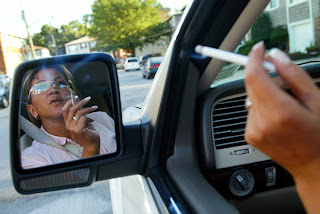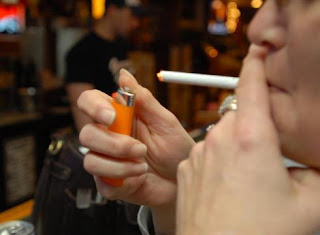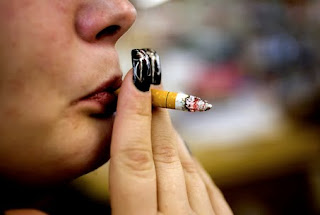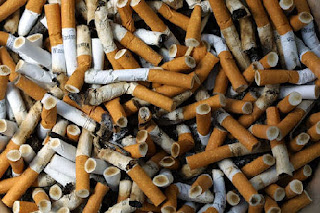
Californians may soon be adding hospital campuses to the list of smoke-free workplaces.
The Assembly passed a bill Monday that would expand current limits on smoking at hospitals to entire campuses. Existing law makes it illegal to smoke in buildings and areas adjacent to entrances. Assemblyman Jerry Hill (D-San Mateo) argued that the legislation would not only encourage patients, visitors and employees to quit the habit but protect people against exposure to secondhand smoke.
The bill drew the ire of Republicans who said it was another example of California's "nanny state" politics. Many hospitals, they said, have already voluntarily banned smoking.
"California is one of the least-free states in the union," said Assemblyman Curt Hagman (R-Chino Hills).
Assemblyman Tim Donnelly (R-San Bernardino) said that although he appreciated the health risks of smoking, the bill went too far. "You want to ban smoking outside," he said. "The last thing California needs is another law for the rest of the country to make fun of us."
The measure, AB 1278, passed, 45-23. It now heads to the state Senate.
Last year, lawmakers tried and failed to widen the state's smoke-free workplace laws by removing exemptions that allow smoking in certain areas of hotel lobbies, meeting and banquet rooms, warehouses, break rooms and at many businesses with five or fewer employees. The bill passed the Senate but stalled in the Assembly.













